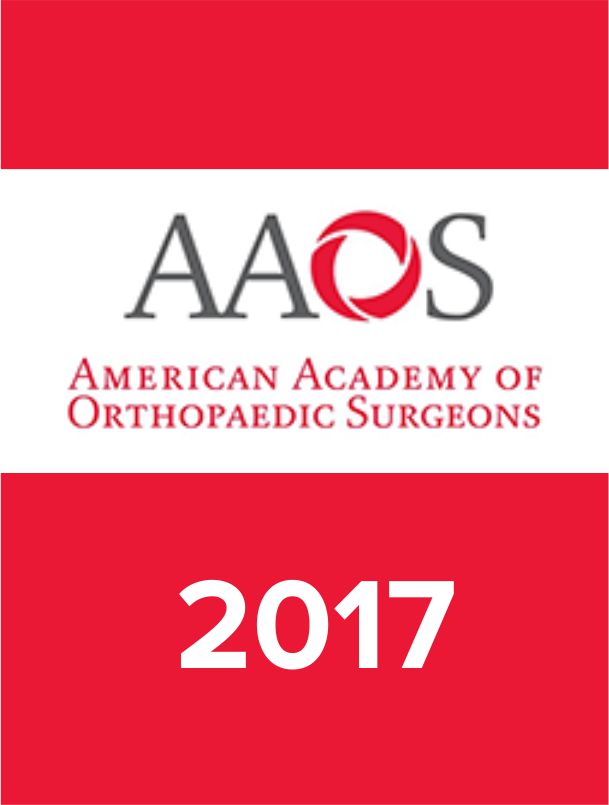
Shoulder & Elbow
AAOS2017: Comparing function between 135- and 155-degree reverse shoulder prostheses
100 patients scheduled for reverse total shoulder arthroplasty were randomized to receive a prosthesis with either a 135-degree neck-shaft angle or a 155-degree neck-shaft angle. Patients were assessed for clinical scores and incidence of complications over 1 year postoperatively. Results demonstrated no significant differences in shoulder range of motion, patient-reported pain or function between groups after 1 year. The incidence of complications was 13/50 in the 135-degree group and 4/50 in the 155-degree group.
Unlock the full article
Get unlimited access to OrthoEvidence with a free trial
Start TrialCritical appraisals of the latest, high-impact randomized controlled trials and systematic reviews in orthopaedics
Access to OrthoEvidence podcast content, including collaborations with the Journal of Bone and Joint Surgery, interviews with internationally recognized surgeons, and roundtable discussions on orthopaedic news and topics
Subscription to The Pulse, a twice-weekly evidence-based newsletter designed to help you make better clinical decisions
Exclusive access to original content articles, including in-house systematic reviews, and articles on health research methods and hot orthopaedic topics
Or continue reading this full article
Register Now

Subscribe to "The Pulse"
Evidence-Based Orthopaedics direct to your inbox.




































